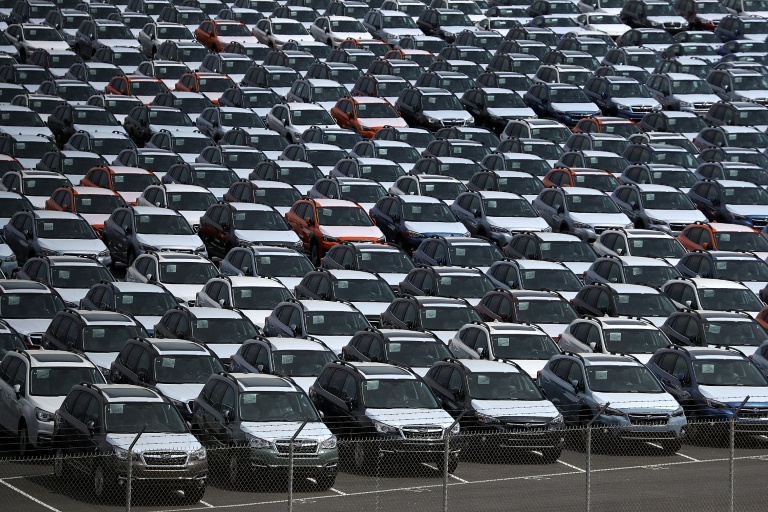Trump tariffs: The motives and potential consequences for the automotive sector

Donald Trump warned he will impose 25 percent tariffs on imported cars – Copyright GETTY IMAGES NORTH AMERICA/AFP JUSTIN SULLIVAN
President Donald Trump has announced plans to impose 25 percent tariffs on imported passenger vehicles, light trucks, and parts such and engines and transmissions. With the tariffs set to start April 3rd, the tariffs stir questions about how the auto industry might respond and what consumers could expect.
Virginia Tech global finance expert David Bieri has considered the potential positive and negative effects of the tariffs for the auto industry, auto workers, and consumers, as well as the Trump administration’s motivation and risks inherent in the strategy.
David Bieri is an associate professor in the School of Public and International Affairs and an associate professor of economics. He also holds an appointment in the Global Forum on Urban and Regional Resilience.
What purposes do levying tariffs serve?
According to Bieri: “Let me take a step back — what I think is quite important in these things is two-fold. There’s a narrow view, which is that a tariff is a tax on a particular good, and they have distributional consequences that make certain things more expensive. The Trump administration’s vision is for the U.S. economy, which is a very large domestic economy, to be more insulated from the global economy. Tariffs are a very effective tool for doing this, but it will hurt some people — it is no mystery that consumers are most immediately the ones that will bear the cost.”
Moving to the political dimension, Bieri states: “The other element to this is that tariffs are also political instruments. We’ve seen Trump wield them this way, use them as a big stick in dynamic bilateral negotiations. This is where it’s a little tricky, because it makes things unpredictable. A lot of people did not anticipate the tariffs being so politically volatile.”
How can businesses cope with this volatility?
In terms of industrial strategy, Bieri advises: “In the case of this on-off, on-off, on-off status of tariffs, it does make pricing tricky, except for one redeeming factor, which is if the tariffs are strictly on finished goods, imported cars and light trucks, the manufacturers here in America themselves are not affected, because the higher prices on foreign cars will be borne by the consumers themselves,” Bieri said. “If it’s on unfinished goods, intermediary products that need to be imported from Mexico or other countries, that affects the bottom line. This is where the supply chain adjustments will have to come.”
How might consumers cope with higher prices?
Those likely to be affected the most are consumers. Already hard pushed economically, Bieri observes: “If you want a Volkswagen Golf and the price goes up, either you stick with it and you have the income to compensate for that price increase, or you switch to a different product. It’s called the substitution effect. That’s what we did during the pandemic. Many, many people, when luxury goods became very expensive, just switched out into more affordable, plain brands. In that sense, these tariffs can be good news for GM and Ford. It could be bad news, though, if overall demand declines because people are less willing to spend on cars.”
Does this strategy pose risks for the Trump administration?
There is the risk of the strategy blowing up in “A potential wrinkle is that the Trump administration, in the campaign leading up to the election, may have sold tariffs as something that will protect American workers, but the way they are currently structured, they will benefit shareholders more.”
He adds: “The automotive industry in America is a capital-intensive industry, with manufacturing largely automated. The labor share in the American car industry is increasingly small. Should these tariffs make GM and Ford more productive, the increase in shareholder value won’t necessarily translate immediately to higher wages.”
There is a further complication, according to Bieri: “Intriguingly, if the tariffs make automated manufacturing itself more expensive — for example, raising the prices of German-made robots and replacement parts used on the line — manufacturers will either have pay the increased price and take a hit on their profitability when repairs are needed, or they can hire two more workers and not use the robots. So, in the case of a tax on an intermediate product, it might actually benefit American workers”.
Trump tariffs: The motives and potential consequences for the automotive sector
#Trump #tariffs #motives #potential #consequences #automotive #sector







